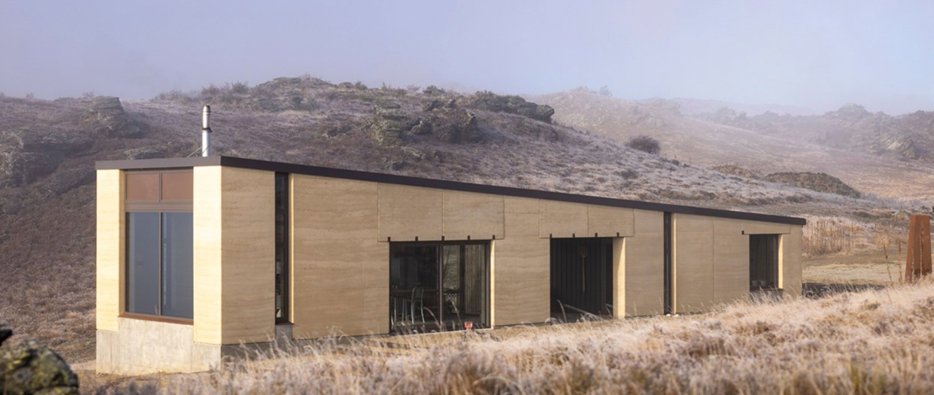The improvements introduced in 2023 to the H1 Energy Efficiency requirements of the New Zealand Building Code have implications for those wishing to build their homes from some natural building materials, in particular rammed earth. Rammed earth has featured in some high-profile architectural builds in recent years, like the NZIA 2023 award winner in Otago pictured above. Rammed earth has …
designPH course now available on-demand

You can supercharge your designPH skills and improve your Passive House energy modelling whenever it suits you: our short course is now available on-demand. This is particularly useful for anyone wanting to complete the prerequisites for sitting PHI’s PHPP Expert exam*. Our team leans heavily on designPH software because it makes our energy modelling and consulting work faster and more …
PHINZ conference highlights solutions to NZ winter energy problem

PHINZ’s annual conference has just finished in Wellington—it was a great weekend and a welcome opportunity to catch up with colleagues-friends. The programme dived deeply into carbon emissions and how to slash them—embodied as well as operational emissions. Various presentations reinforced a series of important facts: Net zero targets/emission caps can’t be met without significantly reducing the total carbon associated …
Roofing detail provides for ventilation and adequate insulation

This detail is a good example of how to have a thin roofline but still sufficient insulation for an R6.6 roof. The advice may vary for a specific project, but in general it’s much more robust to ventilate under the metal roofing using an above sheathing ventilation setup. This can be done with 40mm of thickness if a slim profile …
Highlights from NZGBC Green Property Summit 2024

I attended the NZGBC Green Property Summit this month. Several presentations stood out. The first was by Sam Archer, who spoke immediately before the Minister of Climate Change—Sam sure put that opportunity to address the minister to good use. He was quite blunt about the missed opportunity for the building sector to contribute to our internationally agreed CO2 reduction and …
Off-grid PV systems are not carbon-friendly

It’s common for Passive House homes to have solar panels on their roofs. Every Passive House Plus or Passive House Premium project has to generate at least as much energy as its household plug load over the course of a year and in New Zealand this has been done via photo-voltaic (PV) panels. I want people to be clear that off-grid …
Trickle vents cheap but not ideal

Trickle vents are making a comeback in New Zealand because in combination with small extract fans they are the lowest-cost way to meet Homestar v5 requirements for continuous ventilation. However trickle vents are not ideal. It’s possible to specify additional small components to improve how this combination functions and it will succeed in reducing relative humidity and introducing fresh air. …
PHPP Expert credential on offer in NZ

New Zealand Passive House designers with suitable experience can now prepare for the PHPP Expert exam that grants official PHI-granted Expert status via a learning pathway developed by local experts at Sustainable Engineering Ltd. The PHI-issued PHPP Expert seal signifies an advanced level of expertise. It is aimed at professionals who specialise in Passive House modelling, frequently model projects for …
First US EnerPHit hotel is a beauty

What did you do on your family winter break? I took mine to a PHI-certified EnerPHit hotel, the first of its kind in the US. I really enjoyed our stay. I snuck into the all-electric kitchen (yeah, I was kicked out pretty quick) and it looked pretty standard except for the welcome absence of giant gas burners spewing particulate pollution. …
